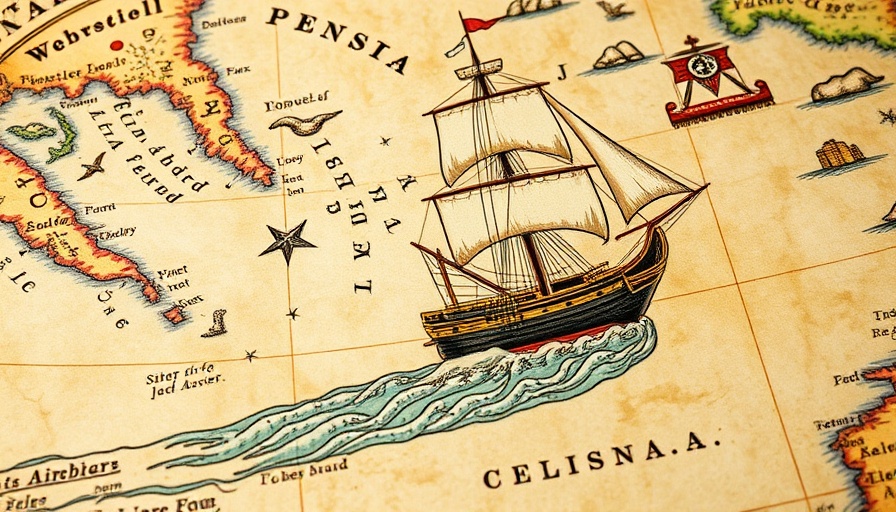
Unearthing History: Giovanni da Verrazzano's Legacy
At the dawn of the 16th century, European exploration was transforming the global landscape. Spain, Portugal, and the Netherlands sought new routes and territories, while France, under King Francis I, desired to make its mark. Enter Giovanni da Verrazzano, whose voyages would not only contribute to maritime knowledge but also lead to the recognition of the great land known as Manhattan.
A Historic Voyage: The Discovery of Manhattan
Giovanni da Verrazzano (1481-1528), an Italian navigator sailing under the French flag, embarked on a journey with the goal of finding a Northwest Passage—a sea route to Asia through North America. His third expedition, launched in 1524, brought him to New York Harbor, where he became the first European to view what would later be known as Manhattan. He claimed the island for France, naming it Nouvelle-Angoulême in honor of his patron, King Francis I.
Encounters and Misfortunes: The Double-Edged Sword of Exploration
Verrazzano’s accounts of his encounters with indigenous peoples were largely marked by wonder and intrigue, reflecting a time of discovery tinged with mutual curiosity. However, exploration holds its perils. During his final voyage in 1528, Verrazzano landed in the Caribbean, where he met his tragic end at the hands of the Caribs, a fate hauntingly stark against his earlier explorations.
A Legacy Rediscovered: The Fight for Recognition
Despite Verrazzano's critical role in the early exploration of the American coastline, his legacy was overshadowed by later explorers like Henry Hudson. It wasn’t until efforts by the Italian Historical Society of America, which sought to celebrate his contributions, that Verrazzano began to gain recognition. The naming of the Verrazzano-Narrows Bridge—honoring his discovery—stands as a testament to his forgotten contributions.
Reflecting on Exploration: What We Can Learn
Verrazzano's voyages remind us of the complex narratives that shape our understanding of history. His story serves as a reminder of the explorer's dual nature—seeking knowledge while encountering both wonder and violence. As today’s world continues to uncover historical truths, reflecting on such narratives encourages a deeper understanding of both our past and the present.
As we explore the ramifications of early European exploration, we also recognize the resilience of the indigenous cultures impacted by these encounters. Verrazzano's journey not only opens a window into a critical period of history but also carries valuable lessons in the importance of acknowledging multiple perspectives.
For those intrigued by this chapter in history, consider exploring local exhibits or digital archives dedicated to early American explorers and their complex legacies.
 Add Row
Add Row  Add Element
Add Element 



 Add Row
Add Row  Add
Add 
Write A Comment